Estimated reading time: 14 minutes
Mobile camping remains hugely popular thanks to being a winning combination of an authentic, affordable and comfortable safari experience that is set in some of Africa’s greatest wildernesses. Instead of staying in lodges, you stay in a series of tented camps in private concessions, national parks and game reserves, moving every few days by road or air to a new location. Although you’re ‘giving up’ a swimming pool, air conditioning, spa treatments and Internet connectivity, all the important creature comforts are still in place like flush loos, hot showers, charging stations and delicious food... plus you get much, much closer to the wilderness in a maximum group of eight travellers: it's crowd-free, luxury 'glamping'!
Here are a few handy hints to get the most out of your mobile safari.
1. Your Tent
The dome tents are fairly spacious and equipped with either twins or a double bed, depending on your request upon booking. Each bed has plenty of bedding, there is generally a rush carpet on the floor and bedside tables with electric lamps (solar- or generator-powered), tissues, a personal safety alarm and bug spray.
It is crucial to keep the zips to your tent closed – be sure to zip up every time you enter or exit to prevent insects or inquisitive vervet monkeys from getting into your tent. You will be able to stand up in your tent.
TOP TIP Take a personal headlamp – although the tents have two small electric bedside lamps, the light they cast may not be sufficient if you are sorting through your luggage or want to read a book after dark.
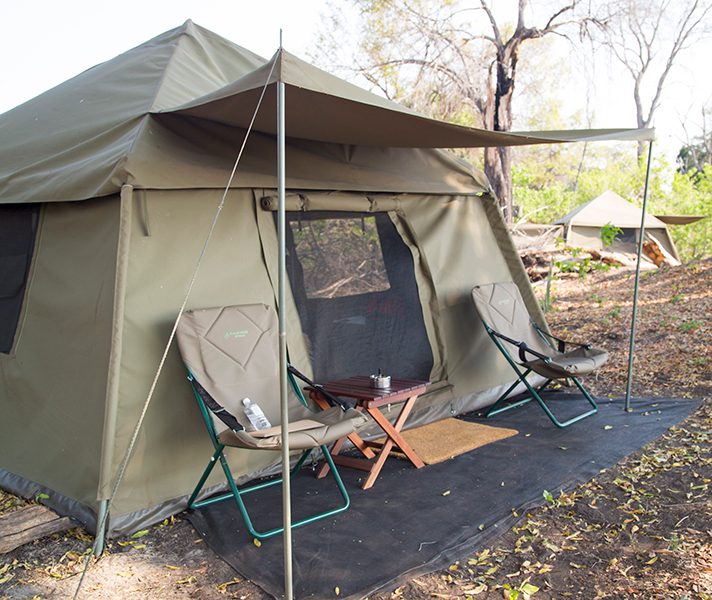
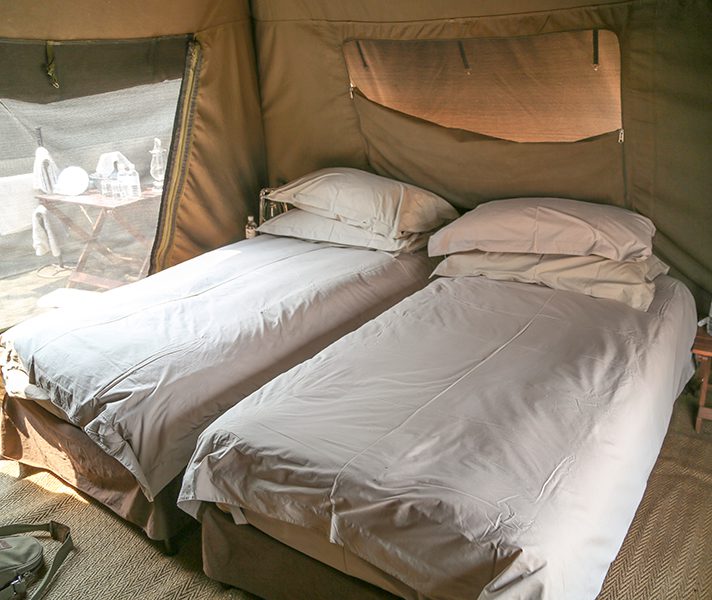
2. Keeping Clean
Adjoining your bedroom dome tent is an open-air bathroom equipped with a wash table that holds another electric lamp, complimentary toiletries (use the citronella spray liberally in the evenings to ward of mosquitoes – it’s lovely!) plus a basin and jug. There is no running water but the camp staff supply a fresh jug of heated water regularly. If you can, bring biodegradable toiletries that don’t harm the environment.

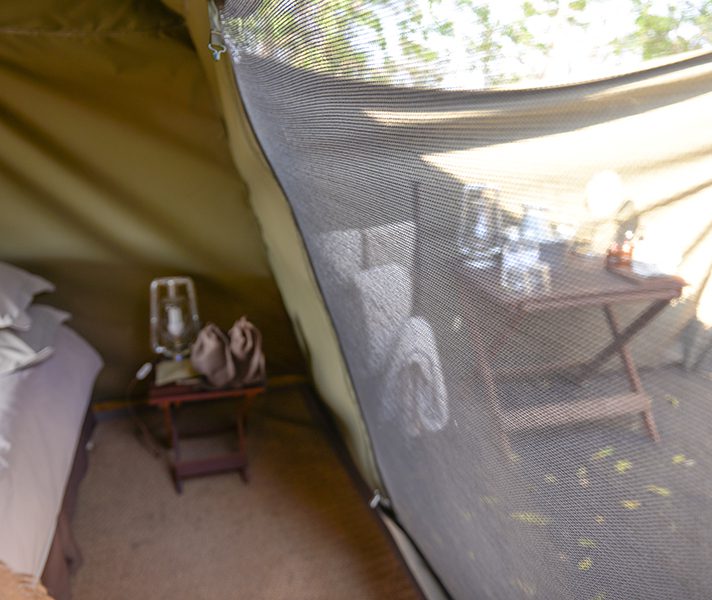
There is also an open-air bucket shower (AKA a safari shower) in your bathroom along with fluffy towels. There are no plug points at all for electric razors, hairdryers or flat-irons. At some camps, especially late in the dry season (August to October), your water may attract bugs so either keep the jug covered with a small towel or shower in the evenings after your afternoon game drive or after dinner.
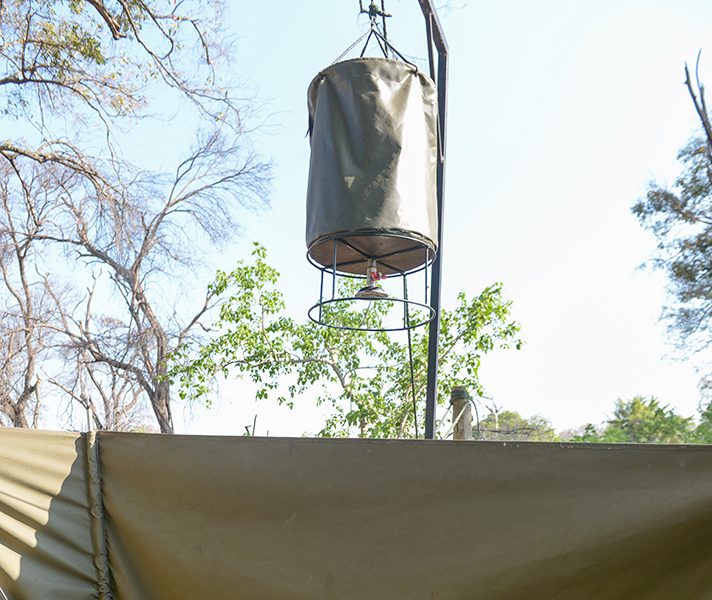
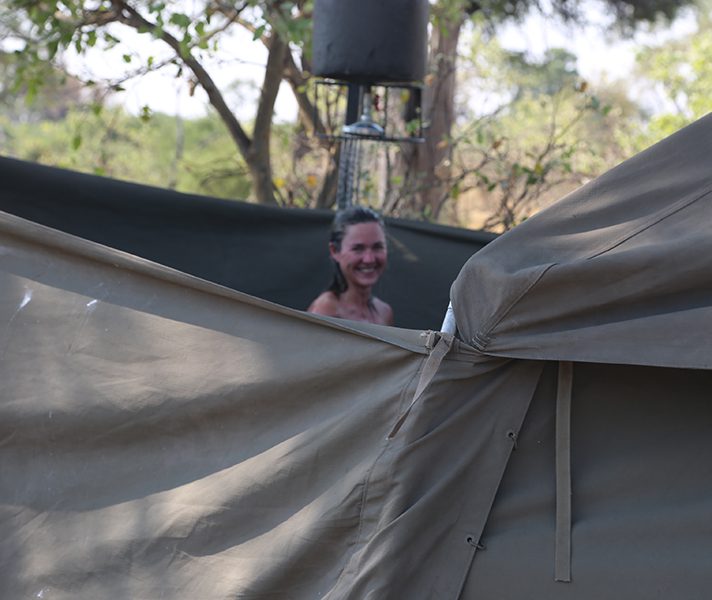
TOP TIP If you have long hair, first wet it with some bottled water or from the jug and get it lathered with the supplied shampoo before stepping under the bucket to rinse, because you have a limited water supply for each shower. The camp staff are always happy to refill your shower if you miscalculate your remaining supply but it’s much more comfortable to lather then rinse than to wait for a refill.
Because you’re ‘roughing it’, you’re going to get dusty. In places like Botswana in the hot, dry month of October, you’re going to have to choose between having cool feet or clean feet – you can’t have both at the same time! Cool feet may mean wearing flip-flops and they will get dirty as you move around but it’s nothing a very welcome foot bath can’t sort out (slick your feet with anti-perspirant in the morning to help cut down on sweat). Alternatively, especially in the cooler months, opt for socks and light walking shoes or Crocs but resign yourself to white socks never being the same again.
TOP TIP Carry baby wipes or wet wipes in your day pack to give your feet a quick cleaning if you’re wearing sandals. Remember to put all your used wipes into a ziplock bag to dispose of back at camp.
PS The foot baths are great if you need to rinse out a few items of laundry too!
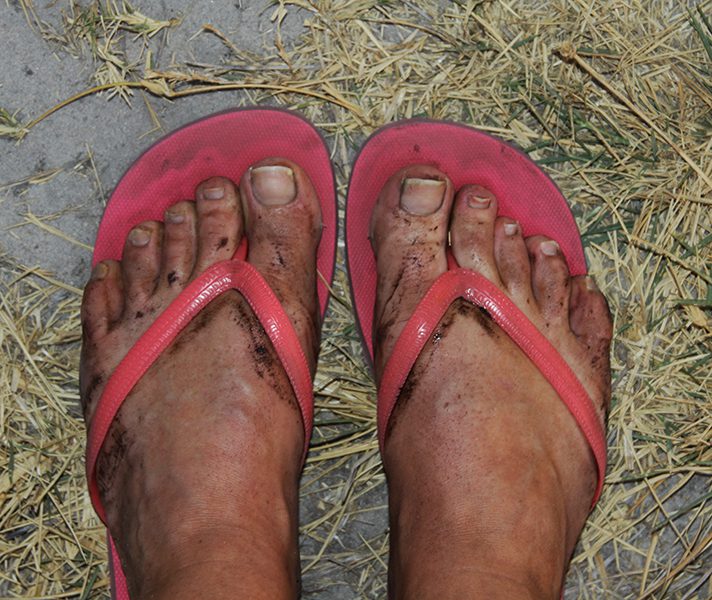
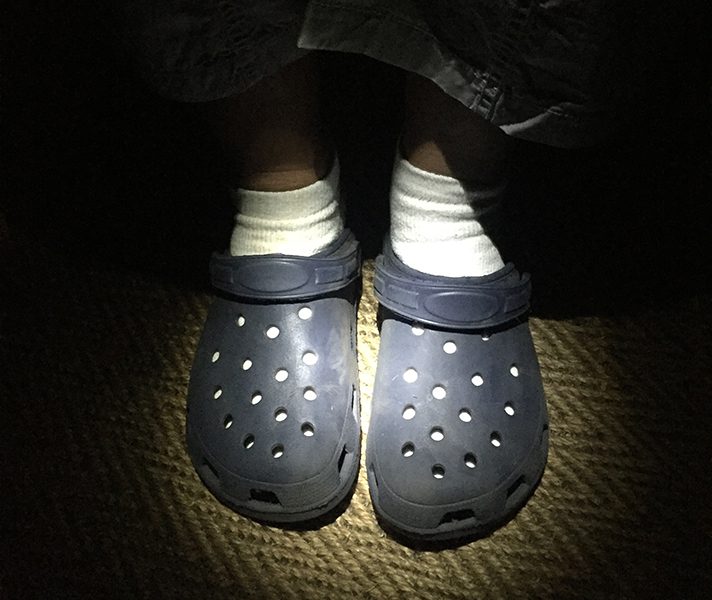
3. When Nature Calls
The question everyone asks when it comes to mobile camping: ‘What are the toilets like?’ Don’t worry, they’re pretty much the same as at home. The camp crews rig up personal flush loos that are housed in separate private tents connected to your open-air bathrooms that are also equipped with electric lamps. Just be sure to flush only organic waste and toilet paper – anything else must go into the paper bags provided and disposed of in the small rubbish bin.
On drives between camps or at airports, take every opportunity you get to visit the restroom – when you’re transferring from one camp to the next, it may be quite a distance between toilets and the bush airstrips have no bathroom facilities at all.
TOP TIP It is inevitable that, at some point, you will need to take a ‘bush break’ while out on a game drive. Don’t be embarrassed to ask your guide if it’s safe to duck behind a rock or tree – they’re there to ensure your safety. Never leave toilet paper or tissues lying out in the open; if you must use paper, then either bag it in a ziplock bag and stash it in your day pack to take back to camp, or bury eco-friendly paper that breaks down. No-one wants to stumble over another person’s used bog roll in the pristine Okavango Delta!
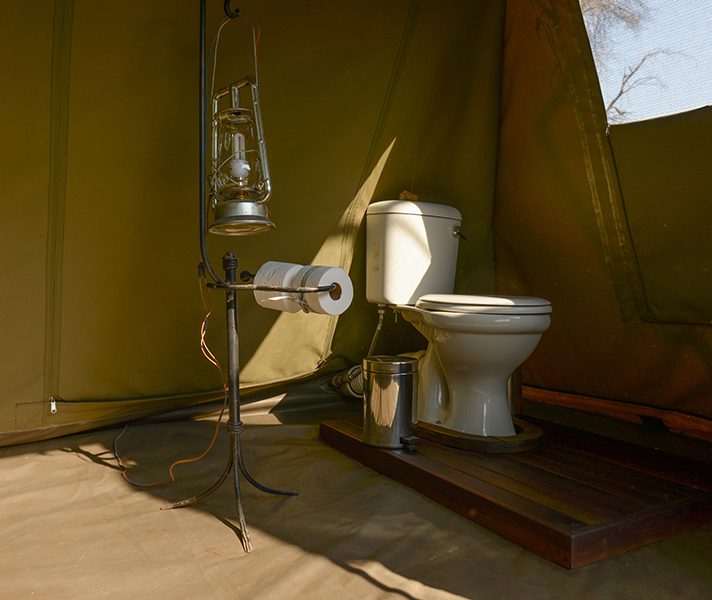
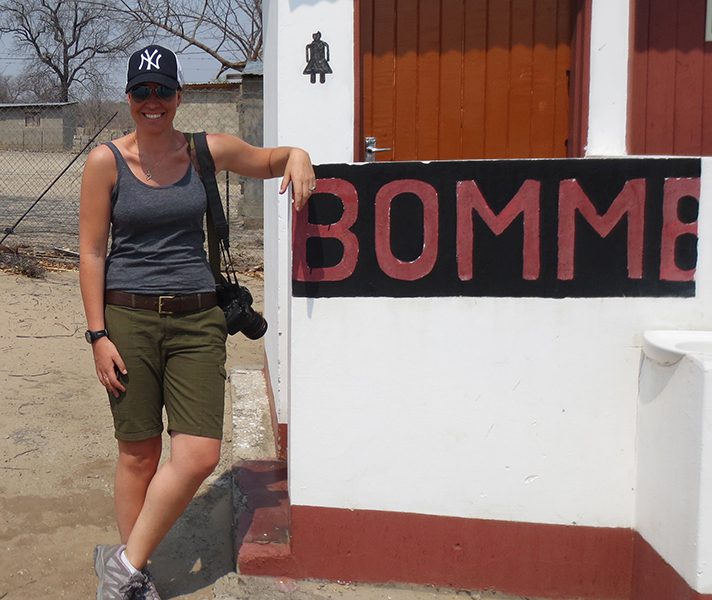
4. Staying Healthy
Drink plenty of water to avoid dehydration and moderate your intake of alcohol.
Pack a small medicine bag with painkillers and tablets for common ailments like upset tummies, constipation, sinusitis, hay fever, motion sickness (trips on small planes and boats may be part of your schedule) and sunburn. Avoid liquid medicines as they may leak or break.
If you suffer from chronic conditions, always consult your GP or travel clinic before undertaking a trip and be sure to bring extra medication as well as all its prescriptions. Always let your safari consultant know about any chronic condition.
Also chat to your GP or travel clinic about malaria precautions and tell him or her if you are going scuba diving after your mobile camping safari. It is worth considering the more expensive medication that has fewer side-effects and only needs to be taken during your vacation.
In the dry season, there is plenty of dust around that can trigger allergies or irritate your eyes and nose. Chat to your pharmacist about remedies for this. Dust is less of an issue in the early winter months (April to June).
5.Staying Safe
As all the camps are unfenced, animals can wander through, which is absolutely thrilling but you can never forget that they are wild creatures. Over a 9-day safari, we had honey badgers, elephants, hyenas, vervet monkeys and a leopard visit us – it’s a great advantage of mobile camping to see wild game in ‘your’ space so enjoy it safely by always listening to your guide and never approaching a wild animal. Your tent is supplied with an alarm horn that will summon the camp crew in case of emergency but these are very rarely, if ever, deployed. On our first night, we anxiously listened to every sound of the wilderness at night – by our sixth night, we were sleeping through lions roaring and hyenas whooping. This style of safari camping has pretty much been perfected and is conducted year round with impeccable safety records.
PS If you smoke, always use the ashtray supplied. A carelessly discarded or forgotten cigarette could result in a devastating wildfire or your setting your tent alight. And never take food back to your tent – the smell could attract a curious wild animal.
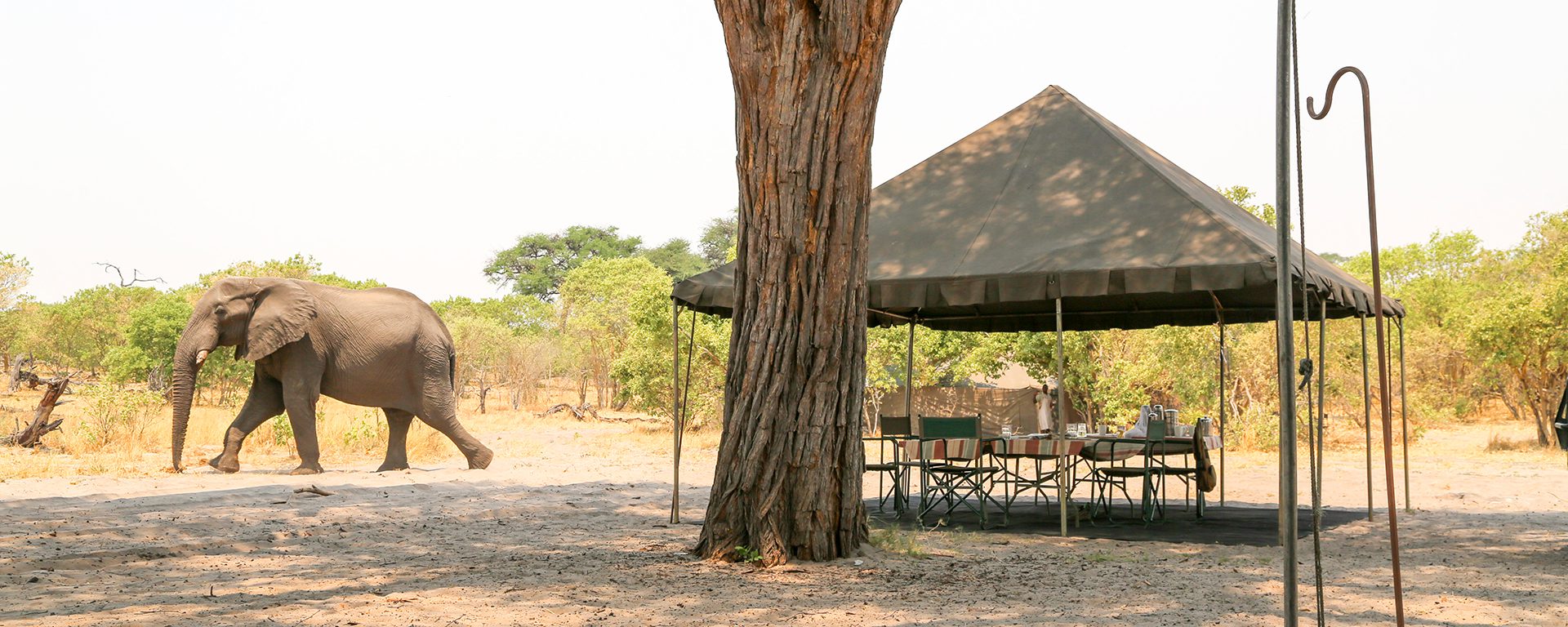
6. Moving Around
Depending on your itinerary, you will move between camps either by light aircraft or a 4×4 game drive vehicle.
If you are flying in, then be sure to adhere to the air company’s baggage weight and size restrictions – bags must be soft and manoveaurable so they can be fitted into the plane’s small hold. Remember that small planes are not pressured and do not have air conditioning so take precautions if you’re prone to motion sickness.
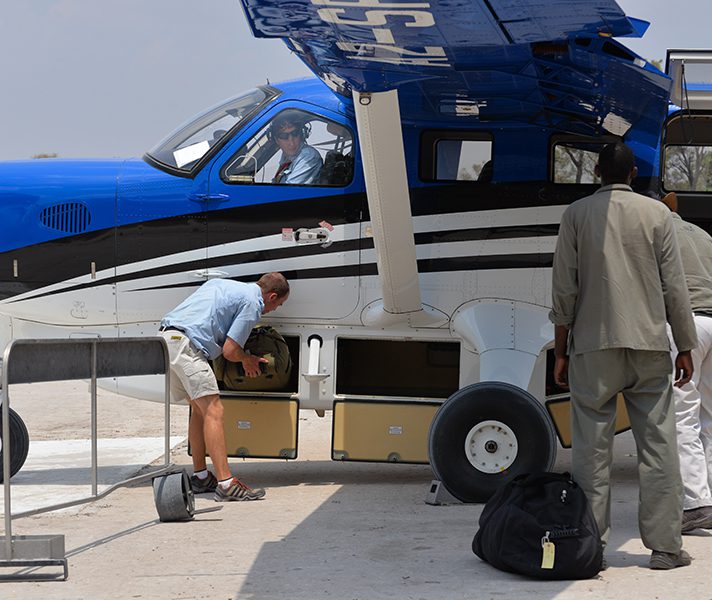
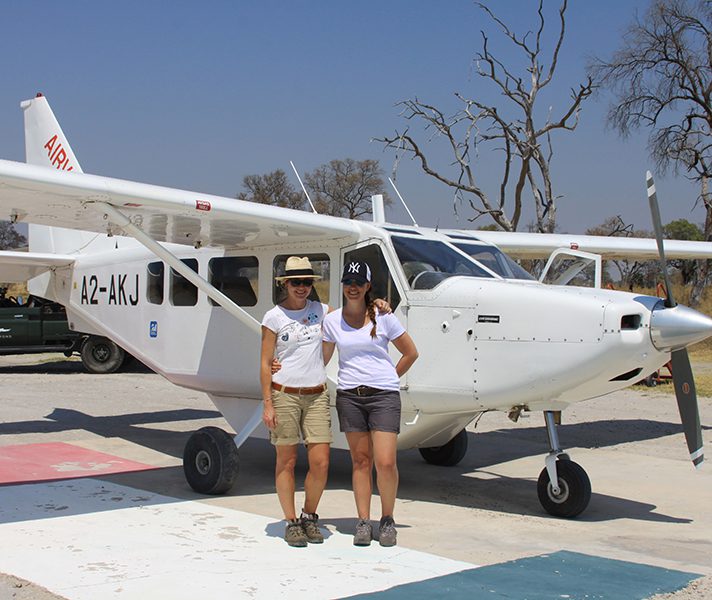
Depending on the country, your day-to-day game drive vehicle will either have open sides (with or without a roof). Some will have only six seats and you may have an on-board fridge at the back to keep your drinks cold. For the most comfortable ride, sit as far forward as possible – the further back you sit, especially on long, bumpy drives between camps, the more you will be jolted about.
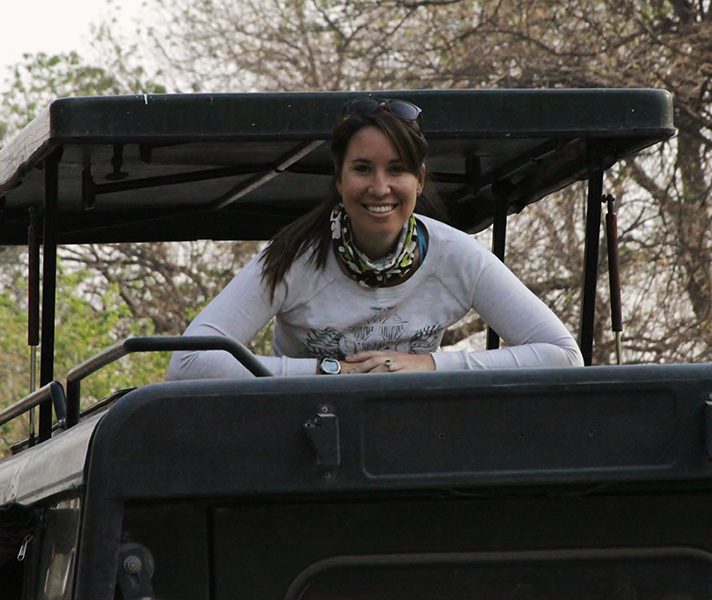
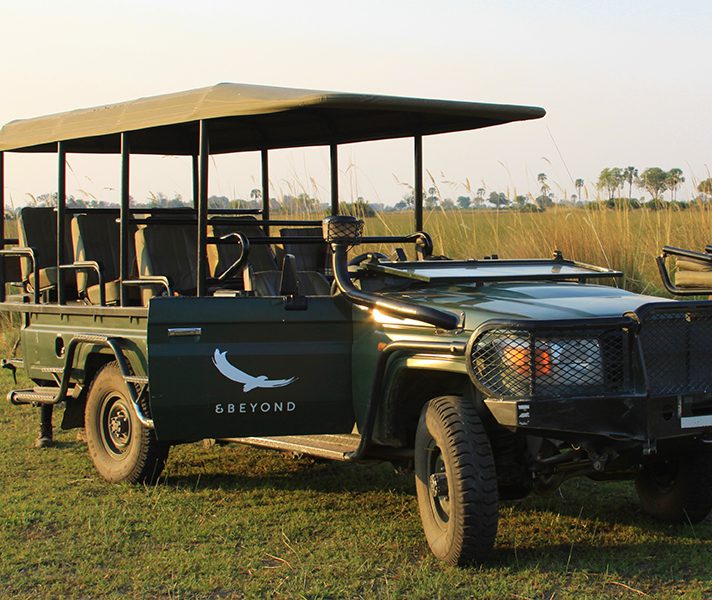
Some vehicles are fitted with electrical plug points for charging your camera batteries, Kindle, iPod or mobile phone (or there may be a solar- or generator-powered charging station back at camp) . Be sure to bring the correct plug adaptor for the country you are visiting.
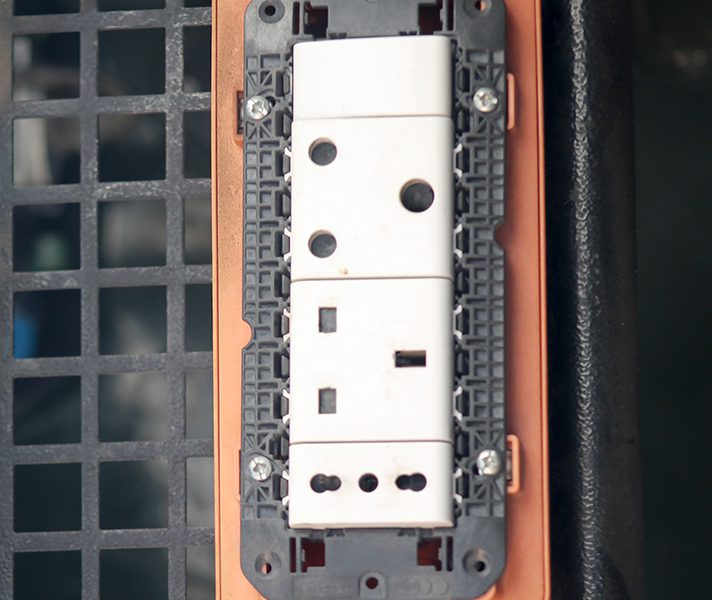

TOP TIP Bring a packet of Sticky Stuff, Prestik or Blu-Tak (keep it in the fridge if you have to) to secure your camera battery to the plug point when the vehicle is in motion – roads can be very rutted and you don’t want your camera components flying out into the bush. Alternatively, charge all your equipment when you’re back at camp and the vehicle is stationary. The fridge is also a great place to keep lip balm that may melt in high temperatures.
7. What You’ll Eat
Usually the second-most asked question about a mobile safari is, ‘What’s the food like?’. Regular safari-goers will know that food is generally abundant and excellent in lodges, and mobile camping is not very different. The main difference is that there are fewer choices on a mobile safari compared with a lodge, due to the logistics involved in the former.
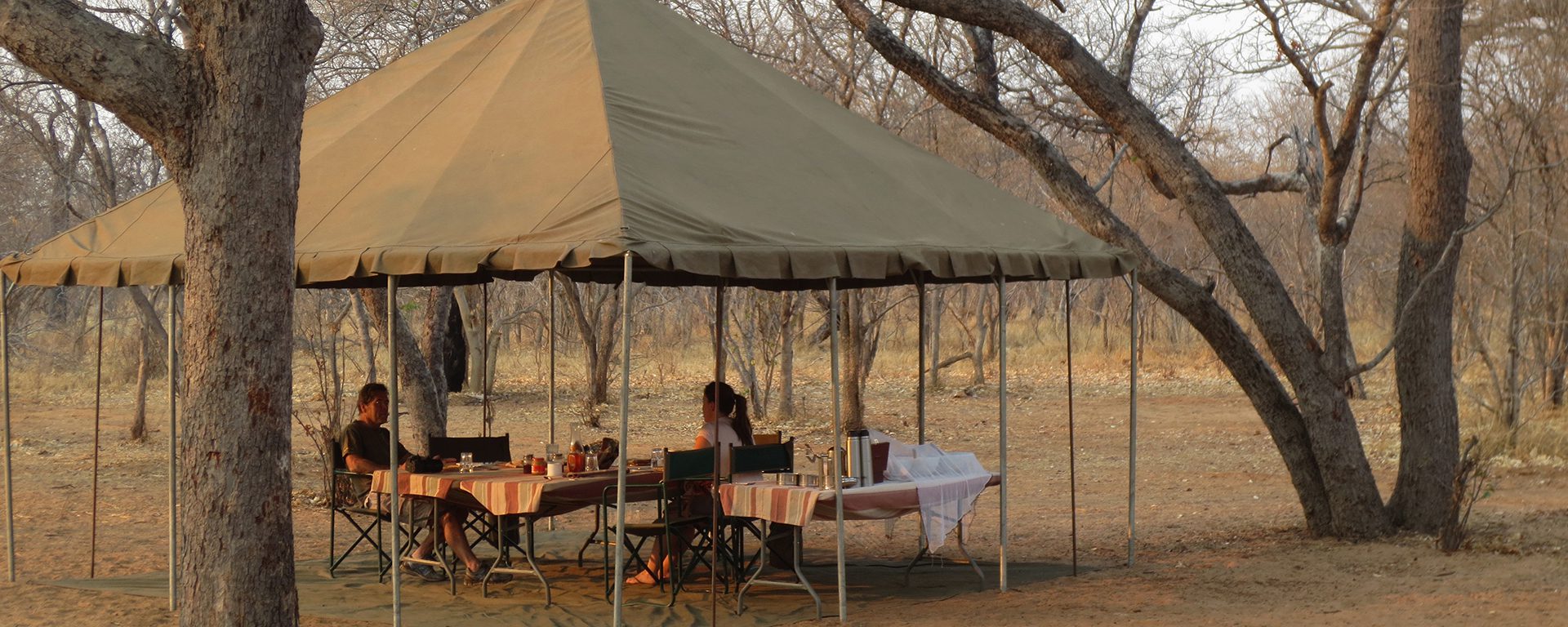
Breakfast is generally cereals with yoghurt and fruit, although on days that you drive to another site rather than go on a game drive you may have a full English breakfast cooked on an open fire. The mid-morning tea break generally means freshly baked biscuits (cookies), rusks, muffins or cupcakes, followed by brunch once you return to camp. Brunch could be anything from fresh Greek salad and three kinds of pizza to African favourites like bobotie, chicken skewers or lamb koftas (reasonable dietary requirements can be catered for, so always let your safari consultant know if you have any when making your booking).
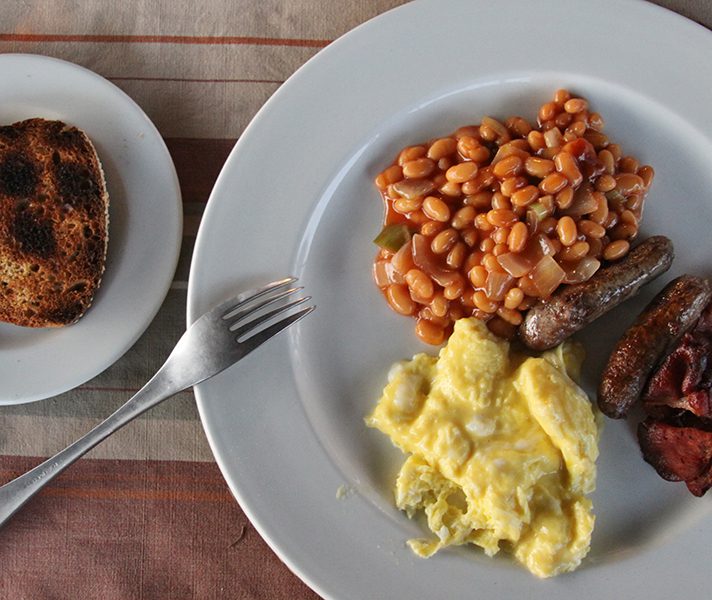
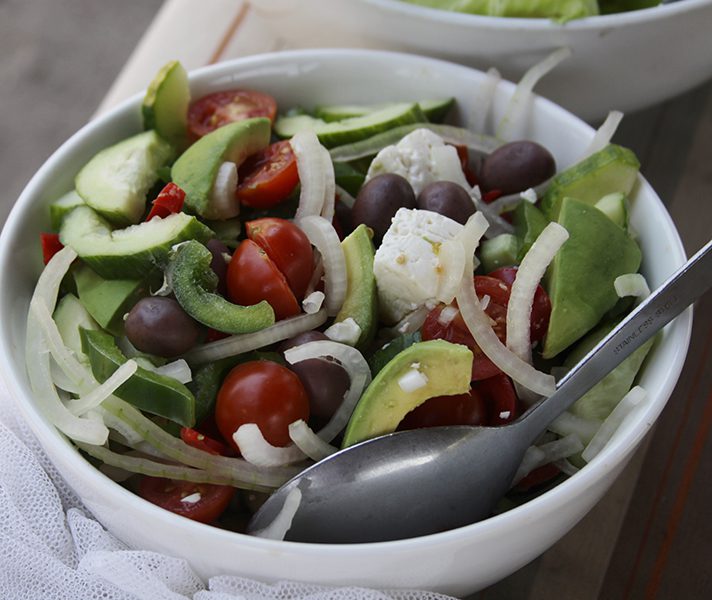
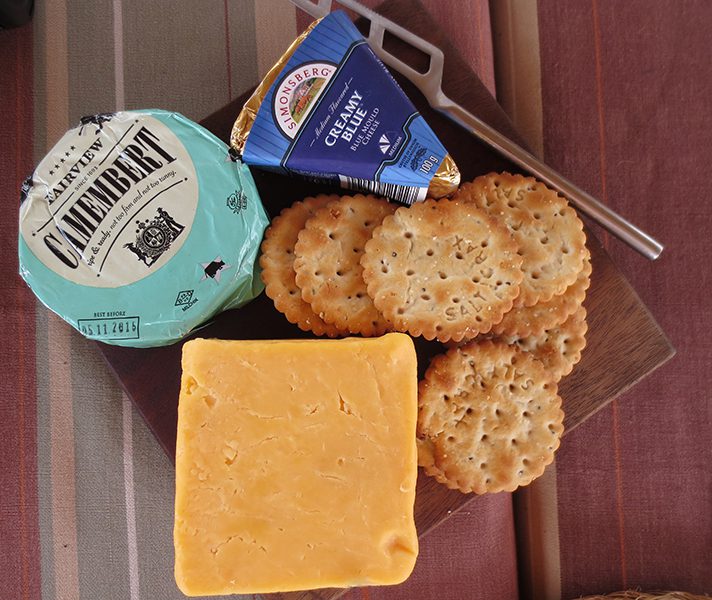
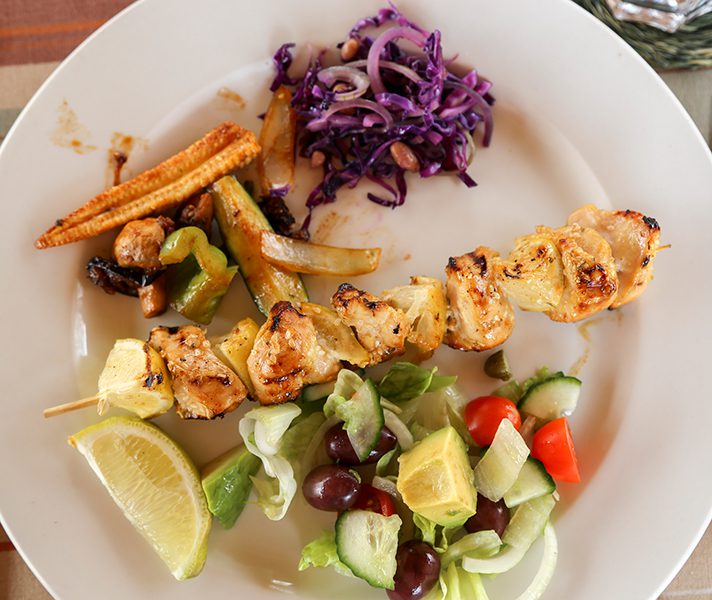
In the late afternoon, you’ll gather for tea or plunger coffee and a freshly baked cake before setting off on the evening drive. For sundowners, expect classic drinks like cold beer, Amarula on ice or the indispensable G&T. Back at camp, you’ll be greeted with iced drinks before dinner, which is generally a 3-course affair consisting of soup, an entrée and a dessert, served with wine, soft drinks or water.
TOP TIP It’s easy to over-indulge on safari so make sure you eat fresh fruit and drink plenty of water in between the delicious toasted cashews, biltong, cheese ‘n crackers, and cakes!
8. Coping With The Heat
Without a swimming pool or air conditioning, you may find it gets very hot in the afternoons, depending on the time of year you travel and your destination. Our suggestion is to take your cue from the animals: find a shady spot and have a siesta. The more you move around or wave your arms trying to fan yourself, the hotter you’ll make yourself.
Do plunge your feet into a cool foot bath – it’s incredibly refreshing!
Drink plenty of iced water.
Wet a small towel, facecloth or your buff and rest on your forehead or the nape of your neck – the evaporating moisture is wonderfully cooling.
Have a cold shower, get into clean clothes and lie on your bed with the window flaps down but the zips closed
If you don’t want to shower, wipe your face, arms and legs with wet wipes to remove the dust from your morning game drive – dust makes you feel hotter.
Remind yourself that nothing lasts forever – by 4pm, even the 40+C / 100+F heat of Botswana is begins to abate and, once you’re on your afternoon game drive, you’ll feel much cooler.
Avoid dressing in black or dark blue. Not only do these colours attract tsetse flies but they’re much hotter than appropriate safari colours like khaki, beige, tan, light brown and olive green. Dress in the dominant colours found in nature. Although animals are colour-blind, they’re highly alert to contrastand bright colours or black and white will make you stand out more, scaring them off.
Although specialist safari gear and clothing isn’t necessary, pack light cottons and dress in layers to peel off as the day heats up. A broad-brimmed hat is essential.
Dispense with make-up. Layers of foundation and powder won’t feel great in the heat.
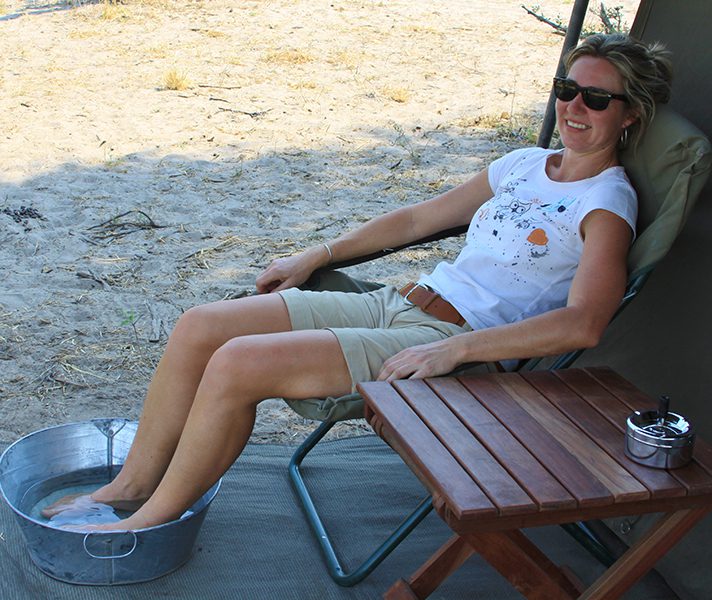

Mobile camping isn’t for everyone – think twice if you can’t live without Wi-Fi, need a pool and have to have running water 24/7.
But for those of us who enjoy being as close to the wilderness as possible without compromising on creature comforts, these expeditions are definitely ideal. The combination of being so close to nature all the time, the camaraderie of guests and crew, and the fun of living in a tent just cannot be beaten!
Read here for a selection of inspiring mobile camping itineraries.
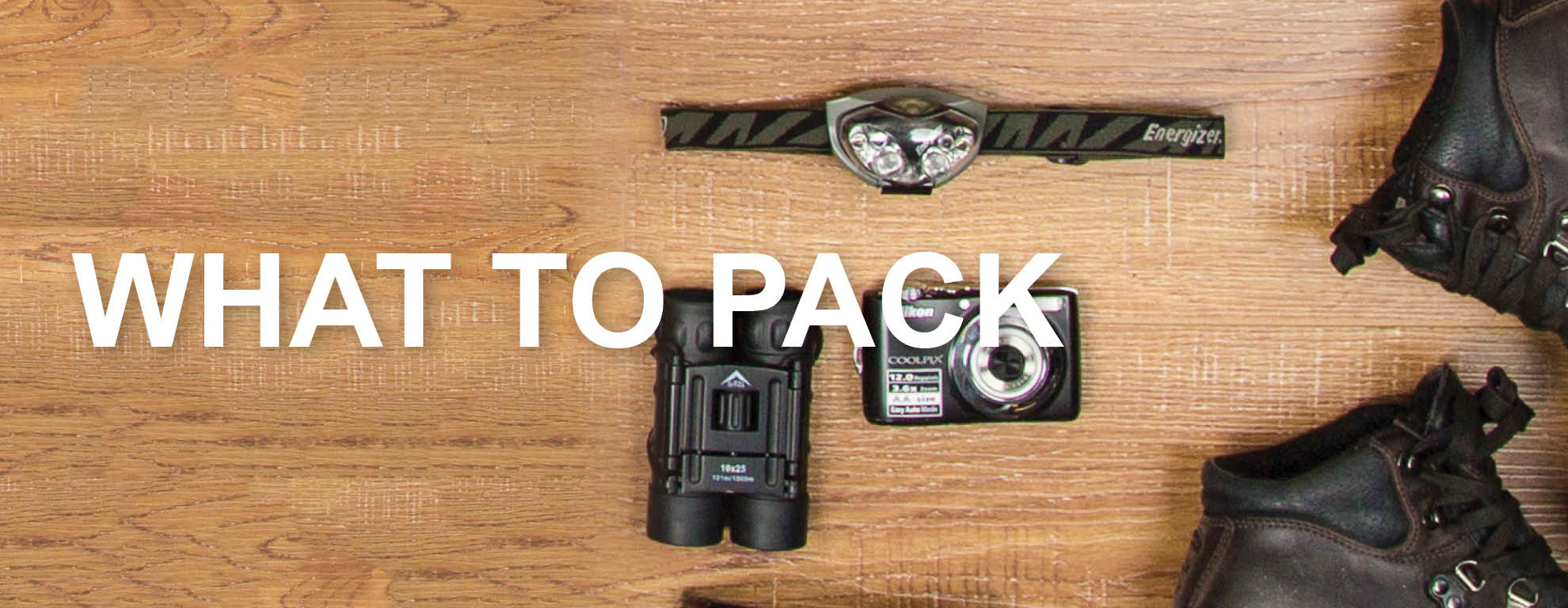
Mobile camping isn’t for everyone, but those of us who enjoy being as close to the wilderness as possible without compromising on creature comforts, these expeditions are definitely ideal. The combination of being so close to nature all the time, the camaraderie of guests and crew, and the fun of living in a tent just cannot be beaten!
